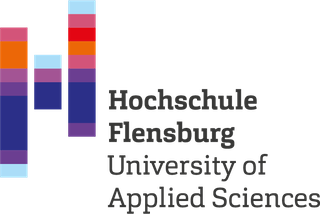The impact of entrepreneurship on economic, social and environmental welfare and its determinants: a systematic review
Neumann, T. (2021). The impact of entrepreneurship on economic, social and environmental welfare and its determinants: a systematic review, 71(3), 553–584,. http://doi.org/10.1007/s11301-020-00193-7
